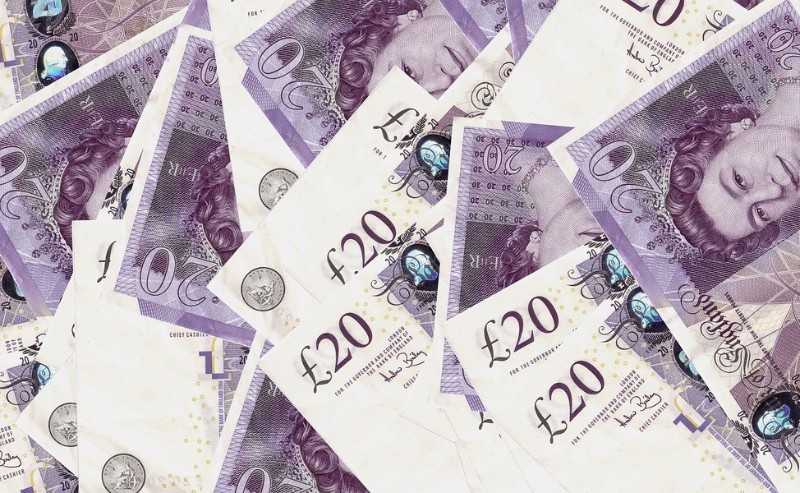What the new dividend rules mean for you
Table of Contents
This April the old Dividend Tax Credit will be replaced with a new tax-free Dividend Allowance. The Dividend Allowance means you won’t pay tax on the first £5,000 of dividend income you have, no matter what your non-dividend income is.
Dividends within your tax allowance will still count towards your basic or higher rate bands, though, and may affect the rate of tax that you pay on dividends you receive above the £5,000 allowance.
For dividends outside of the £5,000 Dividend Allowance, you’ll pay the following rates of tax:
- 7.5% on dividend income within the basic rate band (£0-£31,785)
- 32.5% on dividend income within the higher rate band (£31,786-£150,000)
- 38.1% on dividend income within the additional rate band (over £150,000)
So what do these new rules mean in practice?
Let’s say you’re in the basic rate tax band and are paid a £10,000 dividend. In previous years, your 10% Dividend Tax Credit would give you an extra £1,111.11, giving you a total taxable dividend of £11,111.11. At the previous tax rate of 10%, you’d pay £1,111.11 in tax, which, when combined with your £1,111.11 tax credit, gives you an effective tax rate of 0%. This means that, after tax, you end up with the same £10,000 dividend you started with.
Beginning this year, you won’t receive the 10% tax credit on your £10,000 dividend, but the Dividend Allowance means you won’t pay tax on the first £5,000, which results in a taxable dividend of £5,000. The current tax rate being 7.5% for basic rate taxpayers, you would pay £375 of tax on the taxable portion of your dividend. When considering the un-taxed £5,000 of your £10,000 dividend, you’re left with an effective tax rate of 3.75%, and a total of £9625 after tax.
For basic rate taxpayers, the new dividend tax rules mean a higher tax rate than before – but things change as you move further up the tax bands:
| Higher rate | Additional rate | |||
|---|---|---|---|---|
| Before April 2016 | After April 2016 | Before April 2016 | After April 2016 | |
| Dividend paid | £10,000 | £10,000 | £10,000 | £10,000 |
| 10% tax credit | £1,111.11 | n/a | £1,111.11 | n/a |
| Dividend allowance | n/a | £5,000 | n/a | £5,000 |
| Taxable dividend | £11,111.11 | £5,000 | £11,111.11 | £5,000 |
| Dividend tax rate | 32.5% | 32.5% | 37.5% | 38.1% |
| Income tax | £3,611.11 | £1,625.00 | £4,166.67 | £1,905.00 |
| Less tax credit | -£1,111.11 | n/a | -£1,111.11 | n/a |
| Total income tax | £2,500.00 | £1,625.00 | £3,055.56 | £1,905.00 |
| Effective tax rate | 25.00% | 16.25% | 30.56% | 19.05% |
| Total dividend after tax | £7,500 | £8,375 | £6,944 | £8,095 |
For those in the higher or additional tax bands, the new dividend rules mean significant savings, while basic rate taxpayers see a decrease in their dividend income. But remember – if you’re a basic rate taxpayer and your dividend pushes your income above £31,785, you can benefit from the decrease in tax available to the higher bands.

